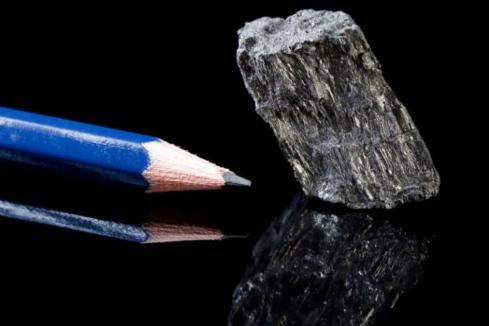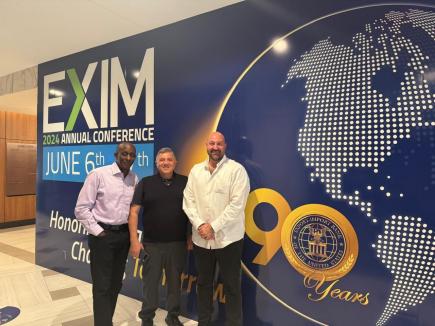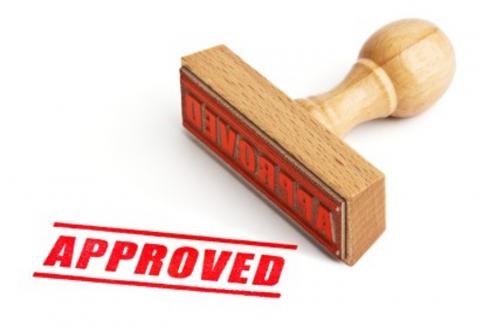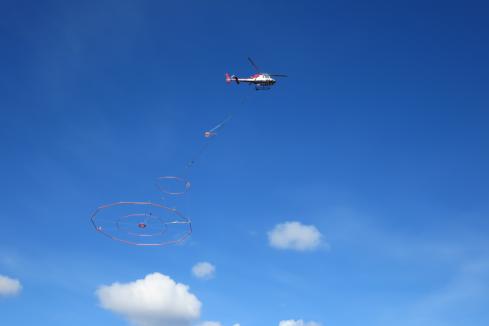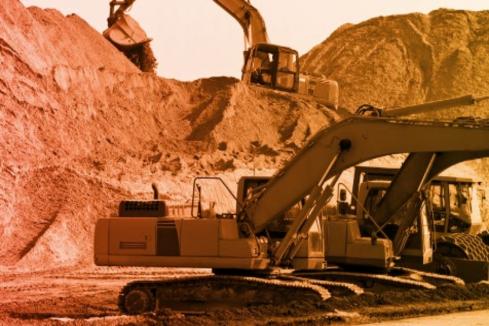Quantum Graphite’s plan to manufacture thermal energy cells using its own graphite deposit in SA for retrofitting coal-fired power stations has jumped to the next stage. A newly commissioned report has suggested its technology, that is jointly being developed with Sunlands Co, is one of the most promising of the available long duration thermal energy storage solutions.

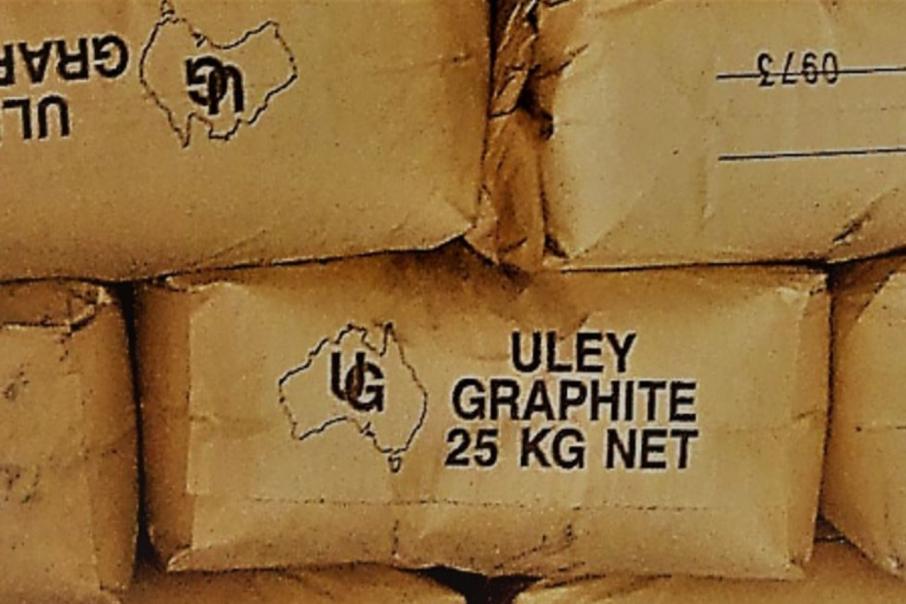
Quantum Graphite’s plan to manufacture thermal energy cells using its own graphite deposit in SA for retrofitting coal-fired power stations has jumped to the next stage. A newly commissioned report has suggested its technology, that is jointly being developed with Sunlands Co, is one of the most promising of the available long duration thermal energy storage solutions.
Thermal energy storage, or “TES,” provides the essential stability to integrate with intermittent renewable energies such as wind and solar. TES allows excess thermal energy to be stored and used hours, days and even months later. Usage examples are the balancing of energy demand between daytime and night-time, storing summer heat for winter heating, or winter cold for summer air conditioning. Storage media to date typically include water or ice-slush tanks, masses of native earth or bedrock accessed with heat exchangers by means of boreholes, or deep aquifers contained between impermeable layers of rock. Heat storage, both seasonal and short term, is considered an important means for cheaply balancing high shares of variable renewable electricity production and integration of electricity and heating sectors in energy systems almost or completely fed by renewable energy.
Quantum is looking to develop thermal energy storage battery cells utilising graphite obtained from its South Australian Uley deposit on the Eyre Peninsula through an on-going joint venture with Sunlands. The duo says the high-purity natural flake graphite found at Uley is essential for Sunlands’ downstream processing and technologies required to develop TES cells that temporarily store energy to be used for power generation later. Sunlands uses natural, high-purity flake graphite as a critical material in its products that include thermal energy storage cells and it has an agreement with Quantum for supply of its Uley flake graphite concentrate in addition to a joint venture to produce the technology itself.
Quantum and Sunlands recently engaged Macroeconomics Advisory to undertake an independent assessment of the value of this technology specifically in relation to this application. The purpose of the commissioned study was to determine the value of the joint venture by undertaking a National Electricity Market study directed at estimating the market’s requirement for long duration energy storage. According to Quantum, this study is the only one ever undertaken that maps the actual application of a technology to achieve the Australian Energy Market Operator’s Net Zero Plan as well as providing a plan using the JV technology.
The report shows the technology delivers a low-cost solution for long duration storage and by using the existing infrastructure attached to the coal fired power stations, a massive saving of approximately $7.5 billion per gigawatt of generation is possible. This represents a saving of more than a staggering $150 billion once all the coal fired generation is replaced according to the company.
Quantum says it will need to deliver at least 100,000 tonnes of coarse graphite flake per year to Sunlands to enable the deployment of the technology to meet the timetable for reduction in emissions.
Due to the entrenched variability of weather and the effects of climate change, common renewable energies such as wind and solar power are commonly inconsistent. The report highlights these natural energy generation methods would benefit from the flexibility and stability provided by TES storage technology.
The report says most of the technologies currently being developed in this area are scalable and compact but they lack the essential high temperature operating ranges needed to drive utility-scale steam turbine generators such as those utilised by existing coal-fired turbines. The Sunlands thermal storage technology has been developed to operate at these high temperature operating ranges and consequently can be deployed as storage units to run existing coal fired turbines.
Interestingly, thermal storage technologies capable of such high temperature operating ranges are also likely to be significantly less expensive than alternatives such as pumped hydro and lithium batteries says Quantum.
The technology provides a means of storing energy in a way that provides relatively cheap, long duration back up for intermittent systems such as wind and solar. Additionally, it can be used as a replacement for coal in existing thermal generation facilities, thereby retaining the value of existing infrastructure and transmission facilities and avoiding the cost of its replacement.
The graphite-based TES will be able to provide the flexibility, stability and security currently provided by coal-based thermal generation facilities and importantly it provides a means of hedging against partial failure of the solar and wind schemes. Australia’s Energy Security Board, or “ESB” has warned of risks to energy security and stability even with the currently low level of about 20 per cent electricity from these intermittent sources.
The report states a mix of thermal and intermittent power co-generation creates the type of robust system needed to execute a workable transition to net zero emissions and retains a stable and dispatchable power supply that is not subject to simultaneous failure across the grid.
Quantum already has its foot on plenty of graphite at its Uley deposits and the positive finding of this independent report will jump-start its development of thermal energy storage cells and help the company move front and centre in the global push towards a net-zero economy.
Is your ASX-listed company doing something interesting? Contact: matt.birney@businessnews.com.au






